After years of working with patients, I realized that simple basic recipes make the biggest impact on their health. Most want to incorporate healthy vegetables and real foods more often but don’t know how to prepare them. They have little time or interest in whipping a meal that looks like it came from Chopped.
As nice as it is to cook an elaborate meal every now and then, knowing how to do the basics is more important. My last recipe was how to cook collard greens, and today, I’m sharing how I cook spaghetti squash.
I frequently recommend winter squashes, especially the beautiful spaghetti squash. Some of my clients have never seen one (or maybe they did but didn’t know what it is), have never had it, or have never made it themselves before. Some thought they need a special tool to get the squash to look like noodles. To their surprise, it’s much more easier than that!
Health Benefits of Spaghetti Squash
Here are some of the health reasons why I recommend spaghetti squash as part of healthy, nutrient-rich, real clean food diet!
1. Low in carbohydrates
If you compare a cup of potatoes, pasta, or rice with a cup of spaghetti squash, you will see that spaghetti squash is lower in carbohydrates and roughly has the same amount of fiber. Eating a lower carbohydrate meal (assuming balanced with protein and fiber) prevents blood sugar and insulin surges. That will, in return, help with weight loss and managing blood sugar in people with diabetes and prediabetes.
Because they’re lower in carbohydrates, you can eat a little bit more, about 1.5 cups of spaghetti squash, and still be within a healthy range for the amount of carbohydrates in your meal. Eating more volume will help you be more satisfied with your meal, which is crucial if you’re trying to lose weight.
2. High in vitamins and minerals
A cup and a half (a typical serving I would recommend at a time) of spaghetti squash is a good source of vitamin A building blocks, vitamin C, vitamin B6, pantothenic acid (another B vitamin), folate, manganese, copper, potassium (important mineral for heart health), and magnesium. Your pasta might be fortified with some of these nutrients, but we know that naturally occurring vitamins and minerals are often better absorbed and utilized than their synthetic versions.
3. High in Healthy Fiber
A cup and a half of spaghetti squash has 3 grams of fiber. The health benefits of fiber are many–staying full, lowering cholesterol and blood sugar, improving gut function, and reducing the risk of colon cancer. One type of fiber found in winter squashes, including spaghetti squash, are called pectins. Animal and cell studies show that pectins have antioxidant, anti-inflammation, anti-diabetes, and insulin-regulating benefits (studies here, here, here, here, and here).
4. Rich in Antioxidants
Winter squashes in general are an excellent source of carotenoids, which serve as antioxidants in addition to being the building blocks of vitamin A. They are a primary source of the antioxidants alpha-carotene, beta-carotene, lutein, zeaxanthin, and beta-cryptoxanthin in an average American diet.
Learn how to identify the REAL causes of your gut problems.
How to Cook Spaghetti Squash
Be careful when preparing squash. Start with a large sharp knife and a large cutting board. Place a towel under your cutting board and you might want to place a towel or paper towel under the squash so it doesn’t slip when you cut through it.
Read my tips on how to spend less time cooking (such as my paper towel trick) by clicking HERE
I’ve tried cooking spaghetti squash many different ways and this is my favorite. I used to cook it pulp up but it got dry. I also used to roast it with olive or avocado oil, but I had to keep adding oil to keep it moist. Now I roast with water and add the oil later, which helps preserve the polyphenols in olive oil. Plus, I get to enjoy the flavor of the oil or butter better when I add it at the end, and I don’t have to add too much.
- 1 spaghetti squash
- 1 tablespoon olive oil, coconut oil, grassfed-butter (optional)
- Salt (sea salt or pink Himalayan) and pepper to taste
- Fresh herbs like parsley, cilantro, chives, or scallions (optional)
- Preheat oven to 400 F.
- Cut spaghetti squash in half lengthwise. Remove the seeds with a spoon. You may wash them and roast them separately.
- Place each half on a baking sheet with a rim, pulp down.
- Add some water, about 1/4 cup, to the baking sheet.
- Roast for 45 minutes or until pulp is soft comes out as spaghetti easily with a fork.
- Continue to fork. Place pulp in a large bowl.
- Toss with desired oil, salt, and pepper. Add fresh herbs for garnish

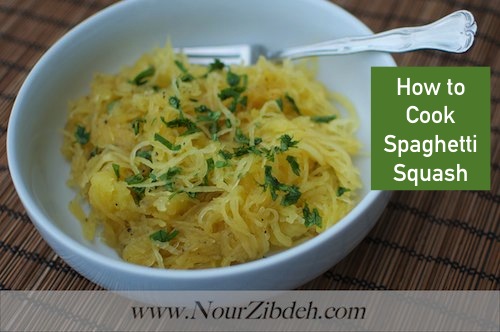
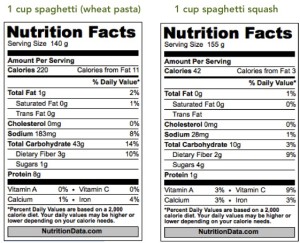
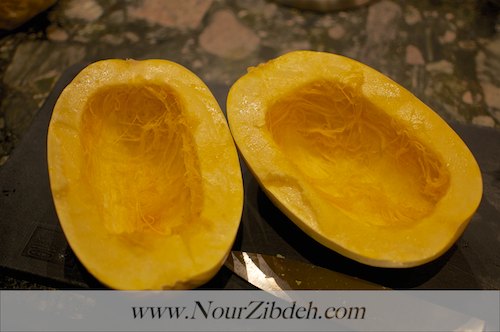
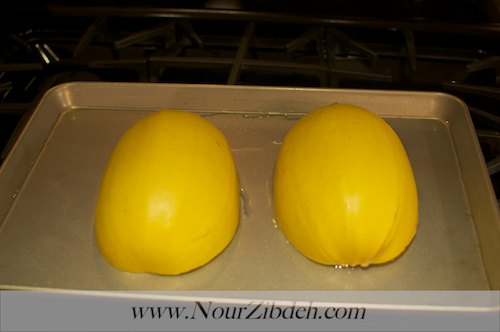

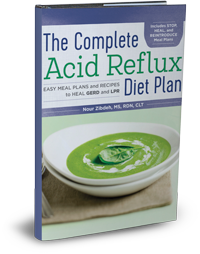
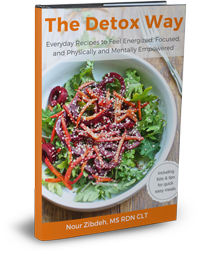


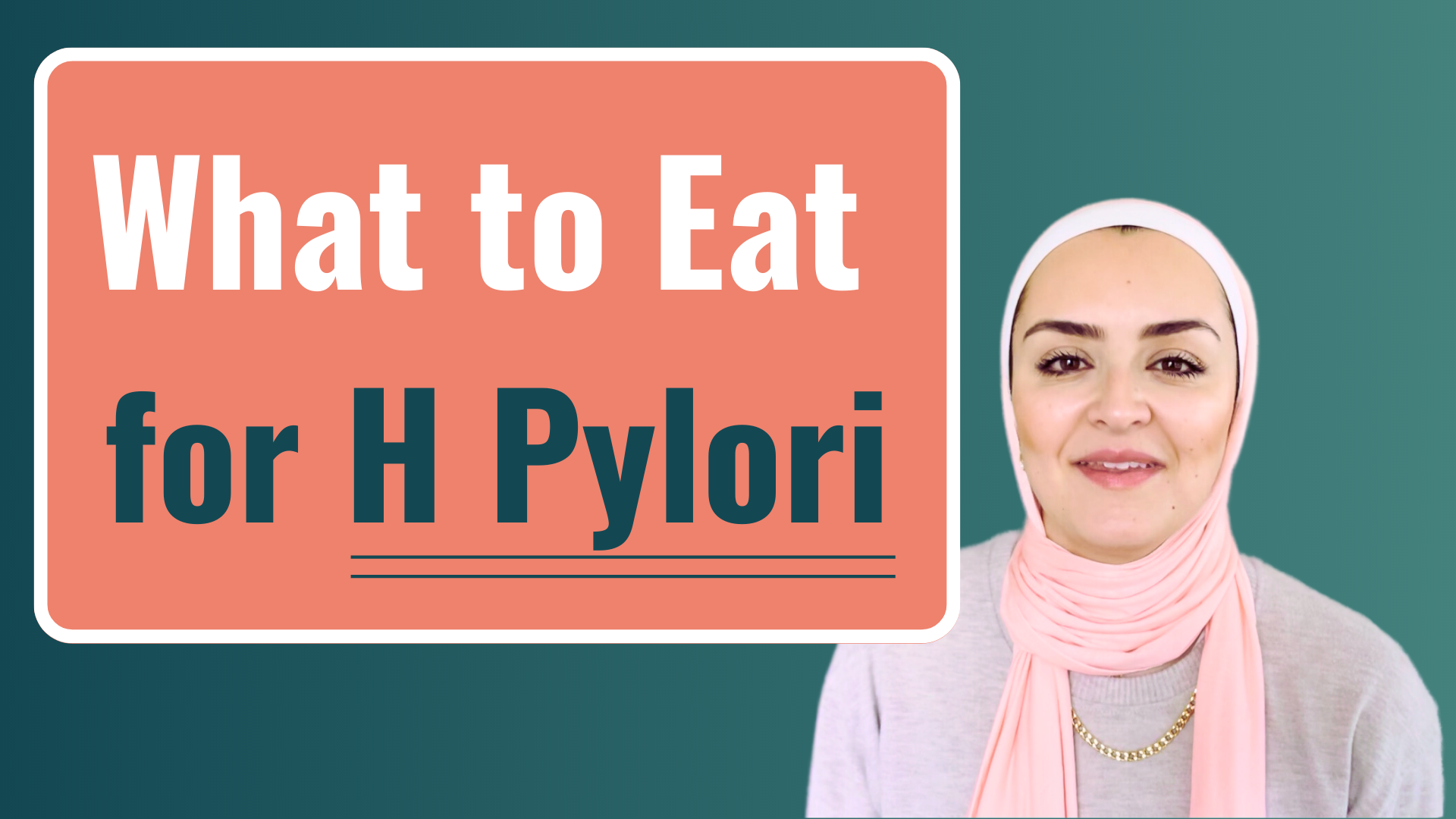
1 thought on “How to Cook Spaghetti Squash”
I love spaghetti squash and use a very similar oven method to cook it to perfection. 🙂
Comments are closed.